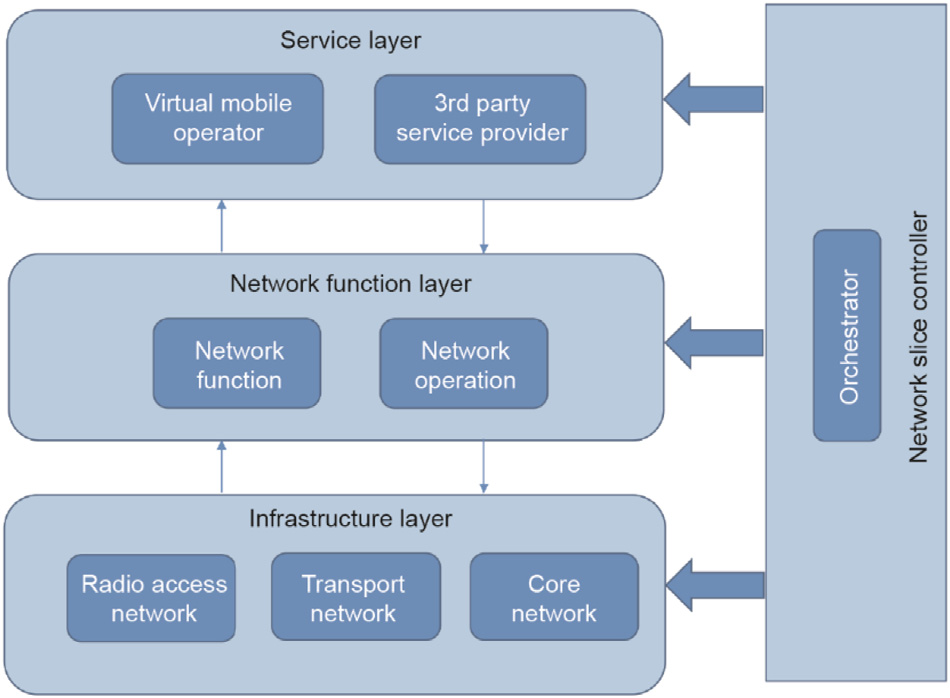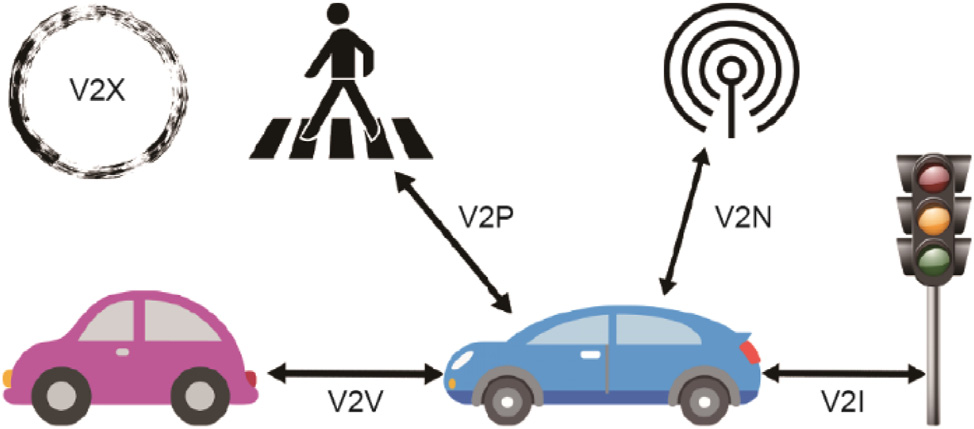Over the past year or so, wireless companies have begun to roll out fifth-generation (5G), the latest generation wireless network [1]. For today’s consumers, moving to 5G means subscribing to a network provider that offers 5G service and buying a 5G-enabled cell phone. Behind this simple upgrade, however, lies a far more complex process for implementing technology and infrastructure, all intended to provide much more than faster smartphones.
Guiding this process are industry specifications that are being released in batches by the 3rd Generation Partnership Project (3GPP), a Valbonne, France-based consortium of seven telecommunications standard development organizations in Asia, Europe, and North America, including the China Communications Standards Association, the European Telecommunications Standards Institute, and the US Alliance for Telecommunications Industry Solutions [2]. The latest batch of 3GPP specifications, Release 16, finalized in July 2020, significantly expands 5G standards compared to previous releases and begins to cover technologies that will move 5G beyond just cellular networks [3–5].
5G is not a straightforward reworking of previous generations of wireless networks, said Xinyu Zhang, an associate professor of electrical and computer engineering at the University of California, San Diego. ‘‘It requires many stages of deployment,” he said. Previous 5G-related releases from 3GPP were Release 14, finalized in 2017, and Release 15, finalized in 2019.
The Geneva, Switzerland-based International Telecommunication Union (ITU), an agency of the United Nations, is responsible for developing global standards for what 5G technology’s capabilities should be, such as certain mobile broadband speeds or a particular latency [1,6]. These standards are general guidelines that ensure that operators worldwide provide some base level of services when promoting their products as 5G. With these general criteria set, 3GPP then conceives much more detailed technical specifications, developed by engineers, that outline how applications for achieving the ITU standards must work [7]. Release 15 focused primarily on defining specifications for enhanced mobile broadband services, such as higher capacity and higher connection speeds for cellular networks [8].
But in addition to enhanced mobile broadband, 5G promises to provide ultra-reliable low-latency communications, a key component of realizing practical autonomous vehicles, and massive machine-type communications, which will connect a high density of Internet-of-Things devices [1]. For 5G to reach its full potential, specifications need to be defined for these new uses of wireless networks. Release 16 moves 3GPP’s specifications into these new areas, facilitating progress toward advanced—and unprecedented—applications and an initial full 5G system [3]. ‘‘Release 16 is considered by many as the real 5G system,” said Lionel Morand, a network architect at the telecommunications company Orange S.A. in Paris, France, and chair of the 3GPP Technical Specification Group (TSG) for core network and terminals, one of the three TSGs within 3GPP that also include radio access networks and service and systems aspects [7,8].
Release 16 includes, among others, specifications for improving the efficiency of 5G networks and devices, vehicle-to-everything (V2X) communications necessary for autonomous cars, and a scheme that could allow for denser networks [3]. The latter, called integrated access and backhaul (IAB), deals with the challenge of creating network infrastructures dense enough to provide planned levels of coverage and access to 5G wireless services [3].
Many applications of 5G, such as wide use of Internet-of-Things devices, will require more base stations to relay information between users and central networks, which necessitates more connections between those stations and the central network. Network providers could either install more wired connections with cables and fibers or transmit more information wirelessly, said Ahmed Eltawil, a professor of electrical and computer engineering at the King Abdullah University of Science and Technology in Thuwal, Saudi Arabia. The difficulty with transmitting information between base stations and the central network wirelessly, Eltawil said, is that it occupies frequencies that could otherwise connect base stations to wireless users, providing service to more customers per base station. IAB enables base stations to use the same frequency to both receive signals from users and transmit signals back to the central network by isolating the two signal paths, effectively doubling the transmission capacity of each base station. The technology to isolate the two signal paths currently exists, Eltawil said, but how to effectively maintain that isolation remains to be worked out. IAB is ‘‘a forward thinking standard,” he said, ‘‘It is going to be part of 5G, but it is not in the current deployment.”
Another technology covered in Release 16 is network slicing [3], one iteration of a technology called software-defined networking (SDN). SDN enables operators to reconfigure a network to adapt to new situations and uses by programming software, without altering the physical arrangement of the network. ‘‘You can easily customize your software. You cannot easily change your hardware,” said Fei Hu, a professor of electrical and computer engineering at the University of Alabama in Tuscaloosa, AL, USA.
Network slicing provides a method for dividing a single network into multiple independent ones for different uses (Fig. 1) [9]. It also lets operators reserve bandwidth for certain uses, said Zhang, so no interruption or outage of service occurs, which could result in frozen videos or dropped calls, for example. The ability to easily manipulate a network for multiple uses will be key to achieving the 5G vision of simultaneously supporting such varied applications as autonomous vehicles and high densities of interconnected devices.
《Fig. 1》

Fig. 1. This schema shows the most relevant elements of a 5G network slicing architecture. Network slicing, one of the technologies described in 3GPP’s latest 5G standards, Release 16, divides a single network into multiple independent networks for different uses that can be manipulated through software programming, without physical rearrangement. Credit: Wikimedia Commons (public domain).
While Release 16 expands 5G specifications into new areas, many technical details remain to be resolved. For example, Release 16 includes significant progress in defining specifications for V2X communications, the exchange of signals between vehicles and various other devices, including network base stations and other vehicles (Fig. 2) [3]. However, much more is needed to define V2X, Hu said, including how to use SDN to manage such vehicle communications.
《Fig. 2》

Fig. 2. In V2X communications, vehicles are able to wirelessly transmit and receive data to and from other vehicles, pedestrians, the network, and infrastructure. V2V: vehicle to vehicle; V2P: vehicle to pedestrian; V2N: vehicle to network; V2I: vehicle to infrastructure. Credit: Vehicular Communication (CC BY-SA 4.0).
Although the pandemic may cause further delay, the next 3GPP 5G release, Release 17, is currently scheduled for finalization in December 2021 [10]. On top of the remaining technical issues, however, there are non-technical challenges that will need to be overcome in the policy, social, and logistical realms. All this means that achieving the full potential of 5G likely lies many years in the future. ‘‘As we have gone from 2G to 3G to 4G, there were gradual improvements, but it was always tied to the previous generation,” Eltawil said. 5G introduces a massive increase in devices and connections, which requires reinventing how we use wireless networks, he said. ‘‘5G is coming in with a completely fresh slate, looking at things in a completely different way.”













 京公网安备 11010502051620号
京公网安备 11010502051620号




